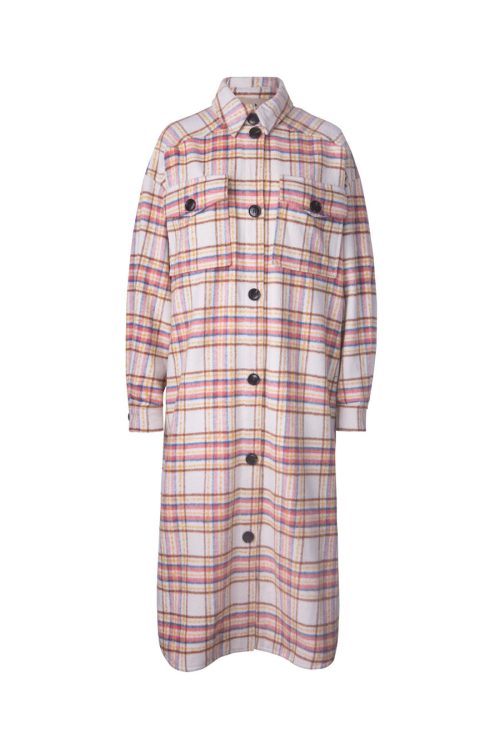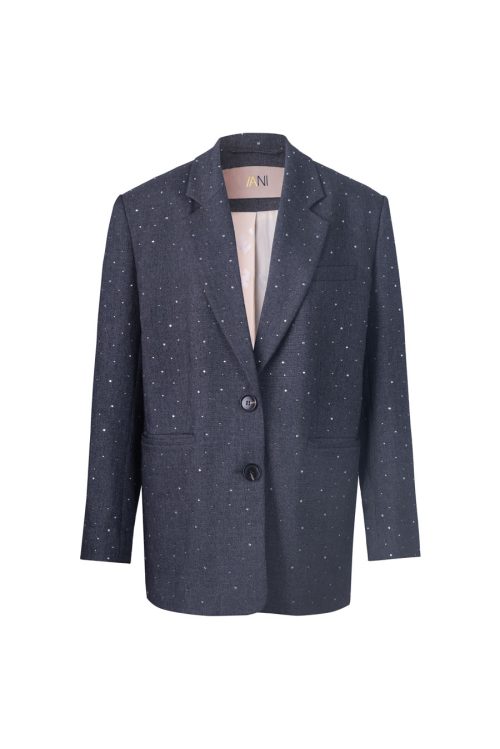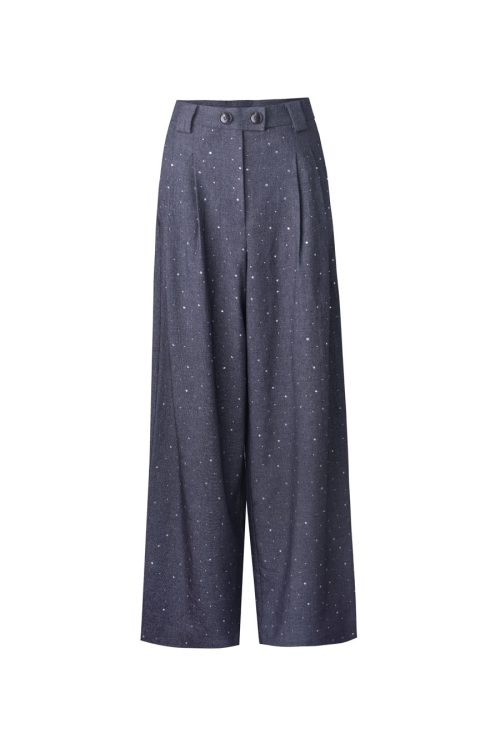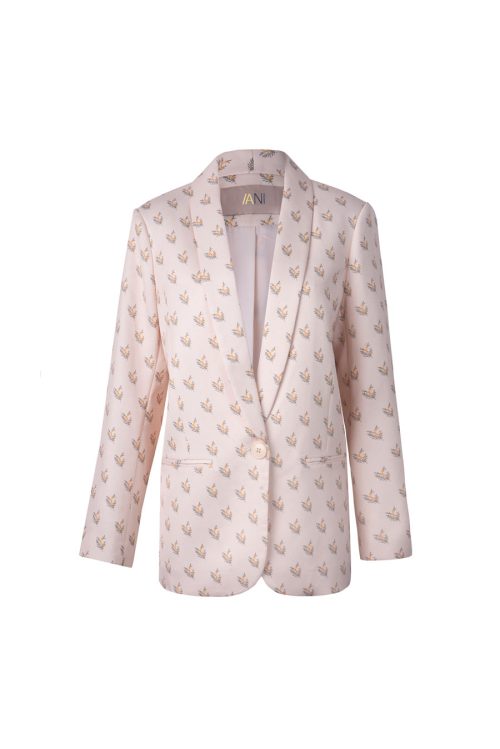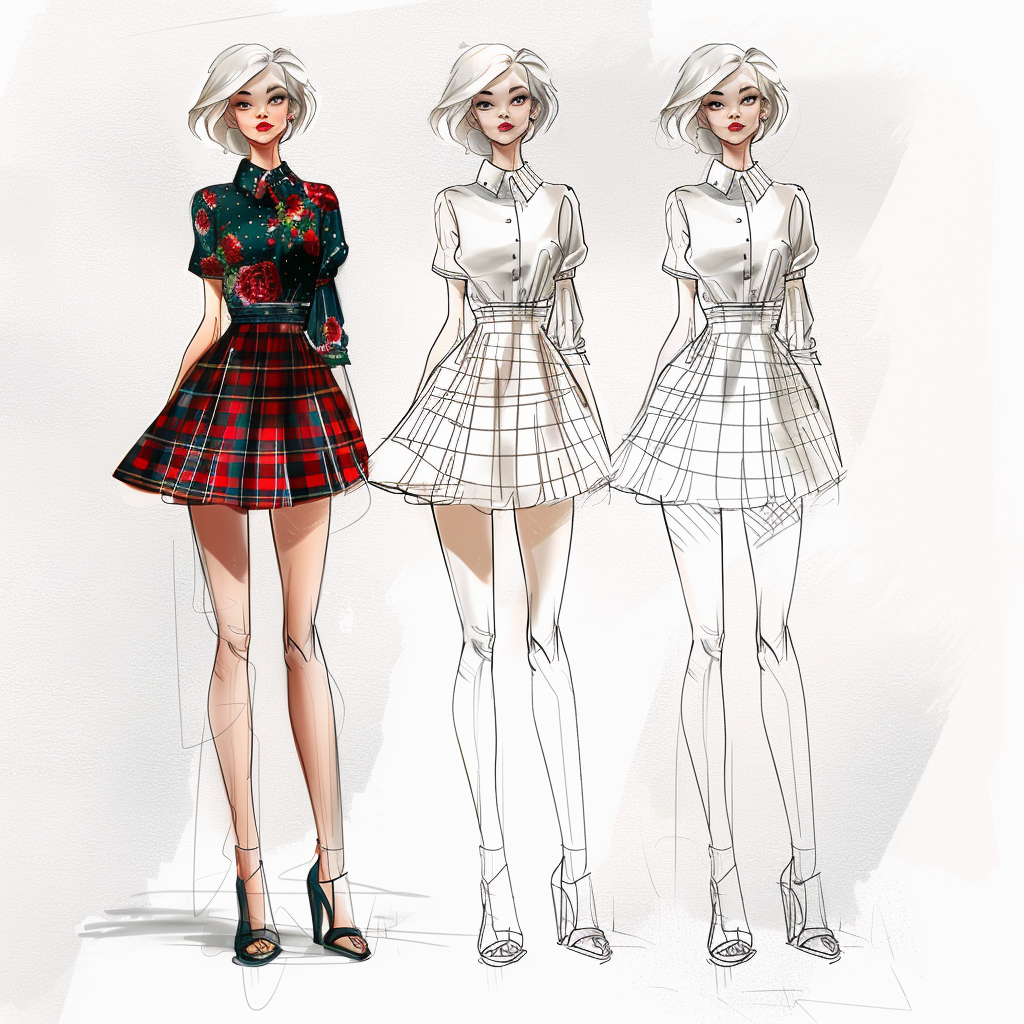
China is a leading player in the global textile and garment industry, making it an ideal source for wholesale clothing. With competitive pricing, diverse product offerings, and advanced manufacturing capabilities, China provides significant opportunities for retailers and brands. This guide outlines the benefits, steps, and best practices for importing clothes from China wholesale.
Benefits of Importing Wholesale Clothes from China
Cost-Effectiveness
China’s established textile industry and lower production costs make it an attractive destination for wholesale buyers. Significant cost savings allow businesses to offer competitive pricing while maintaining healthy profit margins.
Diverse Product Range
Chinese manufacturers produce a vast range of clothing, from casual wear to formal attire, sportswear, and accessories. This diversity makes it easy for buyers to find products that meet their specific needs and preferences.
High-Quality Standards
Many Chinese manufacturers are known for their high standards of quality and craftsmanship. Advanced machinery, skilled labor, and stringent quality control measures ensure that the clothing meets international standards.
Advanced Manufacturing Capabilities
China’s advanced manufacturing infrastructure supports efficient production processes and quick turnaround times. This capability is crucial for businesses that need to respond swiftly to market trends and consumer demands.
Steps to Importing Clothes from China
Researching and Selecting Suppliers
Start by researching potential suppliers through online directories such as Alibaba, Global Sources, and Made-in-China. Look for suppliers with a strong track record, positive reviews, and a comprehensive product range. Attend trade shows like the Canton Fair and Hong Kong Fashion Week to meet suppliers in person.
Understanding Regulations and Compliance
Familiarize yourself with the regulations and compliance requirements for importing clothes from China. This includes understanding product safety standards, labeling requirements, and import duties. Ensure your suppliers comply with these regulations to avoid legal issues.
Negotiating Terms and Prices
Negotiate terms such as pricing, Minimum Order Quantity (MOQ), payment methods, and delivery schedules with your chosen suppliers. Ensure all agreements are documented in a contract to avoid misunderstandings.
Placing Orders and Making Payments
Once you have negotiated terms, place your order and make the necessary payments. Use secure payment methods like escrow services to protect your transactions. Escrow holds the payment until you receive and approve the goods, reducing the risk of fraud.
Managing Shipping and Logistics
Work with your supplier to manage shipping and logistics. Choose the best shipping method (air, sea, or express) based on your budget and timeline. Clarify shipping terms, costs, and delivery timelines to ensure smooth logistics.
Handling Customs and Duties
Understand the customs procedures and import duties for your country. Work with a customs broker to ensure that all necessary documentation is completed and that your shipment complies with local regulations. This step is crucial to avoid delays and additional costs.
Popular Online Marketplaces and Trade Shows
Alibaba
Alibaba is one of the largest online marketplaces for wholesale products. It offers a vast selection of clothing from various suppliers and includes buyer protection services to ensure secure transactions.
Global Sources
Global Sources is another reputable platform that connects buyers with verified suppliers. It provides detailed supplier information and product listings, making it easier to find reliable manufacturers.
Made-in-China
Made-in-China is a comprehensive directory of Chinese suppliers. It offers a wide range of products and features supplier verification to help buyers find trustworthy partners.
Canton Fair
The Canton Fair is one of the largest trade shows in China, showcasing a vast array of products, including clothing. It provides an excellent opportunity to meet suppliers in person, view products, and establish business relationships.
Hong Kong Fashion Week
Hong Kong Fashion Week is a premier event for the fashion industry. It brings together suppliers, designers, and buyers, offering a platform to explore the latest trends and innovations in clothing.
Ensuring Quality and Authenticity
Conducting Supplier Audits
Conduct regular audits of your suppliers to ensure they adhere to quality standards and ethical practices. This process helps identify any issues early and maintain a reliable supply chain.
Implementing Quality Control Measures
Implement strict quality control measures throughout the production process. This includes inspecting raw materials, in-process checks, and final product inspections to ensure consistency and quality.
Using Third-Party Inspection Services
Consider using third-party inspection services to verify the quality of your products before shipment. These services provide unbiased assessments and help ensure that the goods meet your specifications.
Leveraging Escrow Payment Methods
Use escrow payment methods to protect your transactions. Escrow services hold the payment until you receive and approve the goods, reducing the risk of fraud and ensuring that you receive what you ordered.
Customization and Private Label Services
Custom Design Options
Many suppliers in China offer custom design services, allowing you to create unique clothing lines that reflect your brand’s identity. Collaborate with designers to develop exclusive patterns, prints, and styles.
Fabric and Material Selection
Customization also extends to fabric and material selection. Choose from a wide range of fabrics, including cotton, polyester, wool, and eco-friendly materials, to ensure the final products meet your quality and sustainability standards.
Branding and Labeling
Private labeling is a popular option for retailers looking to build their brand. Suppliers can add custom labels, tags, and packaging to your products, enhancing brand recognition and creating a cohesive look for your collections.
Packaging Solutions
Effective packaging and presentation are vital for creating a positive customer experience. Work with suppliers to develop packaging that protects the products and aligns with your brand’s aesthetic.
Case Studies: Successful Import Ventures
Case Study 1: A Small Retail Boutique
A small retail boutique sourced unique women’s apparel from a Chinese supplier. The supplier provided high-quality samples and flexible MOQs, allowing the boutique to offer diverse and stylish products. The collaboration resulted in increased sales and customer loyalty.
Case Study 2: An E-commerce Store
An e-commerce store specializing in men’s fashion partnered with a Chinese manufacturer to source trendy clothing. The supplier’s efficient production processes and competitive pricing enabled the store to expand its product range and attract a broader customer base.
Case Study 3: A Large Retail Chain
A large retail chain sought to diversify its product offerings by sourcing children’s clothing from China. By working with a reliable supplier, the chain was able to introduce a new line of high-quality, affordable kids’ apparel, leading to higher foot traffic and increased sales.
FAQs About Importing Wholesale Clothes from China
How do I find reliable suppliers?
Research online directories, attend trade shows, and seek recommendations from industry peers. Look for suppliers with a proven track record, positive reviews, and clear communication.
What are the typical MOQs?
MOQs vary by supplier and product type but generally range from 100 to 500 pieces per design. Some suppliers offer flexibility for smaller orders, especially for new or smaller brands.
How can I ensure product quality?
Request samples and conduct thorough inspections and tests before placing a large order. This step helps build confidence in the supplier’s capabilities and ensures the products meet your standards.
What is the average lead time for orders?
Lead times vary based on order size and complexity but typically range from 4 to 8 weeks. Discuss delivery schedules with your supplier to set realistic expectations.
Are there sustainable options available?
Yes, many suppliers in China are adopting sustainable practices, including using eco-friendly materials and reducing waste. Inquire about a supplier’s sustainability initiatives when considering options.
How do I handle shipping and customs?
Suppliers usually assist with shipping and logistics, offering various options such as air, sea, or express shipping. It’s important to discuss and clarify shipping terms, costs, and delivery timelines with the supplier.
Conclusion
Importing clothes from China wholesale offers numerous benefits, including cost-effectiveness, high-quality production, and extensive customization options. By carefully selecting reliable suppliers and leveraging China’s advanced manufacturing infrastructure, businesses can create unique, high-quality clothing that meets their specific needs. Whether you are a start-up or an established brand, partnering with Chinese suppliers can provide the competitive edge needed to succeed in the fashion industry.

